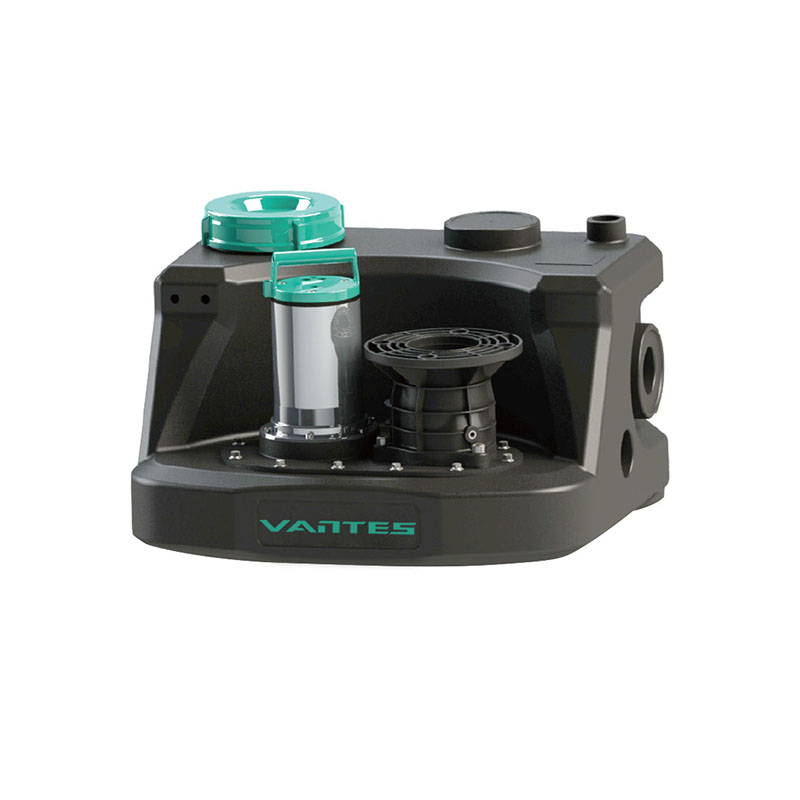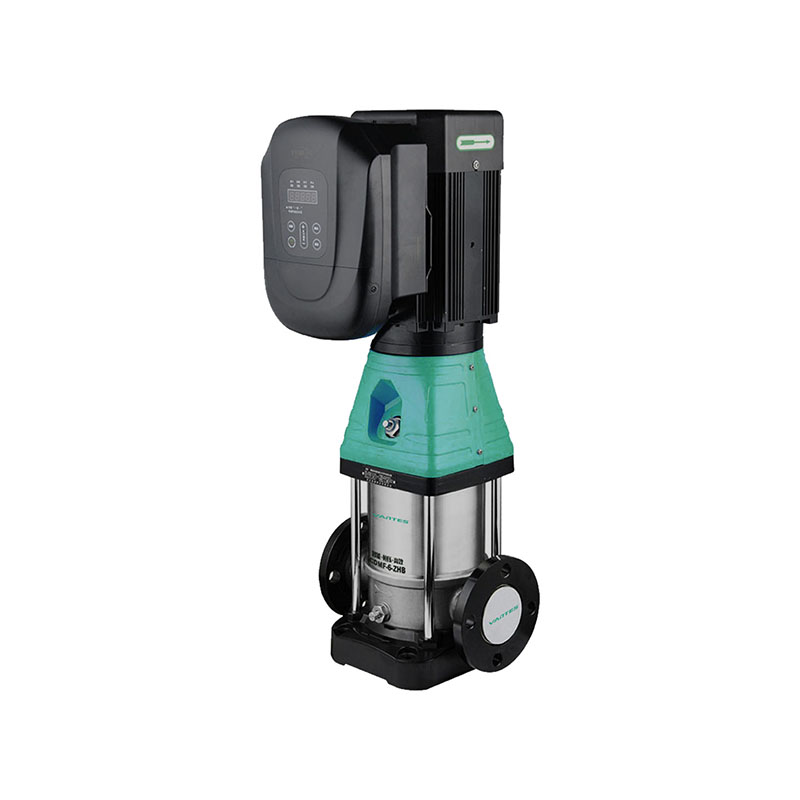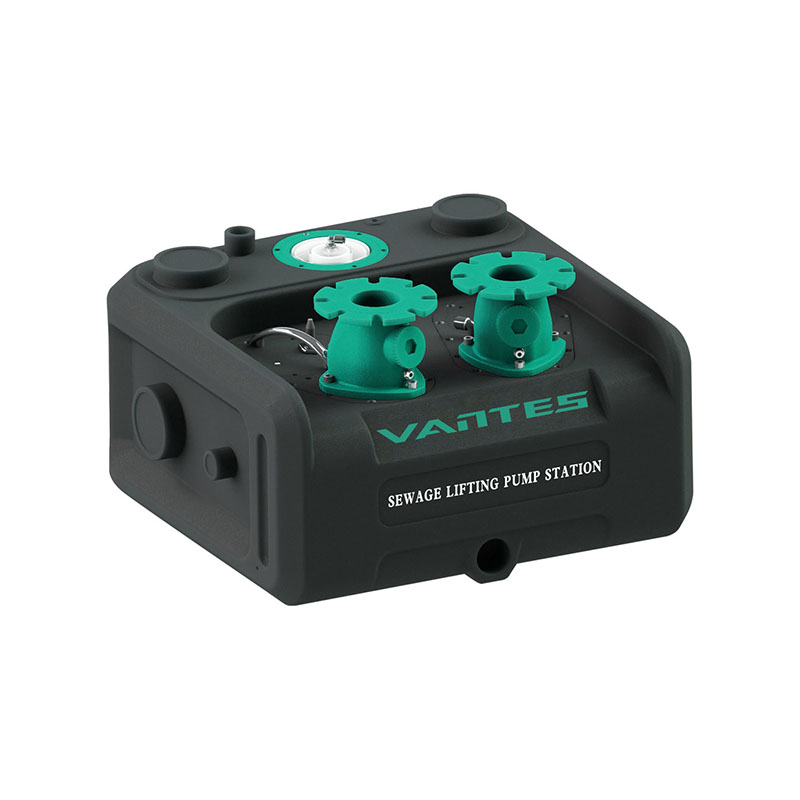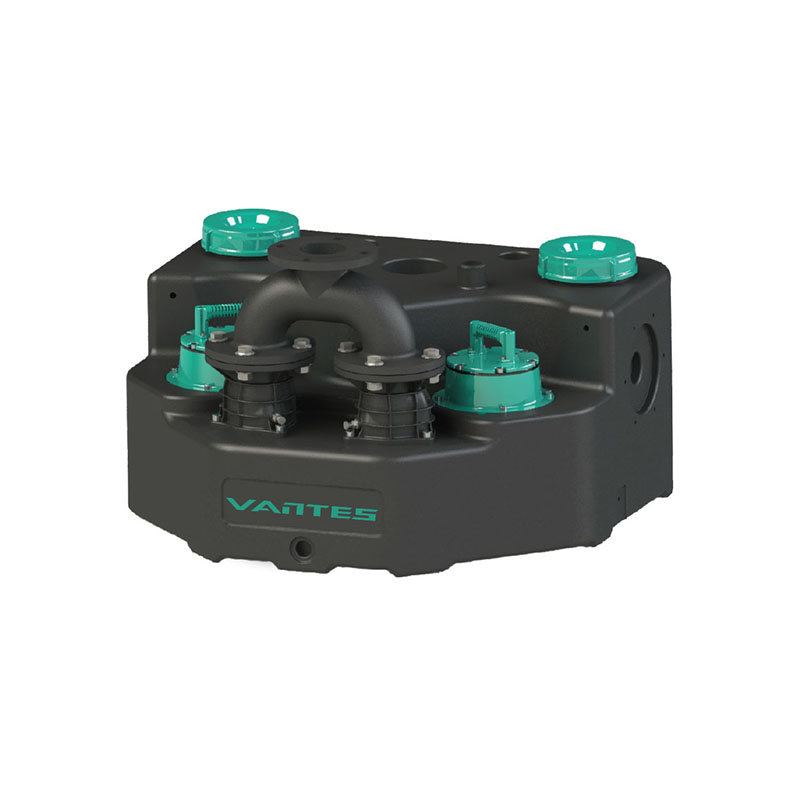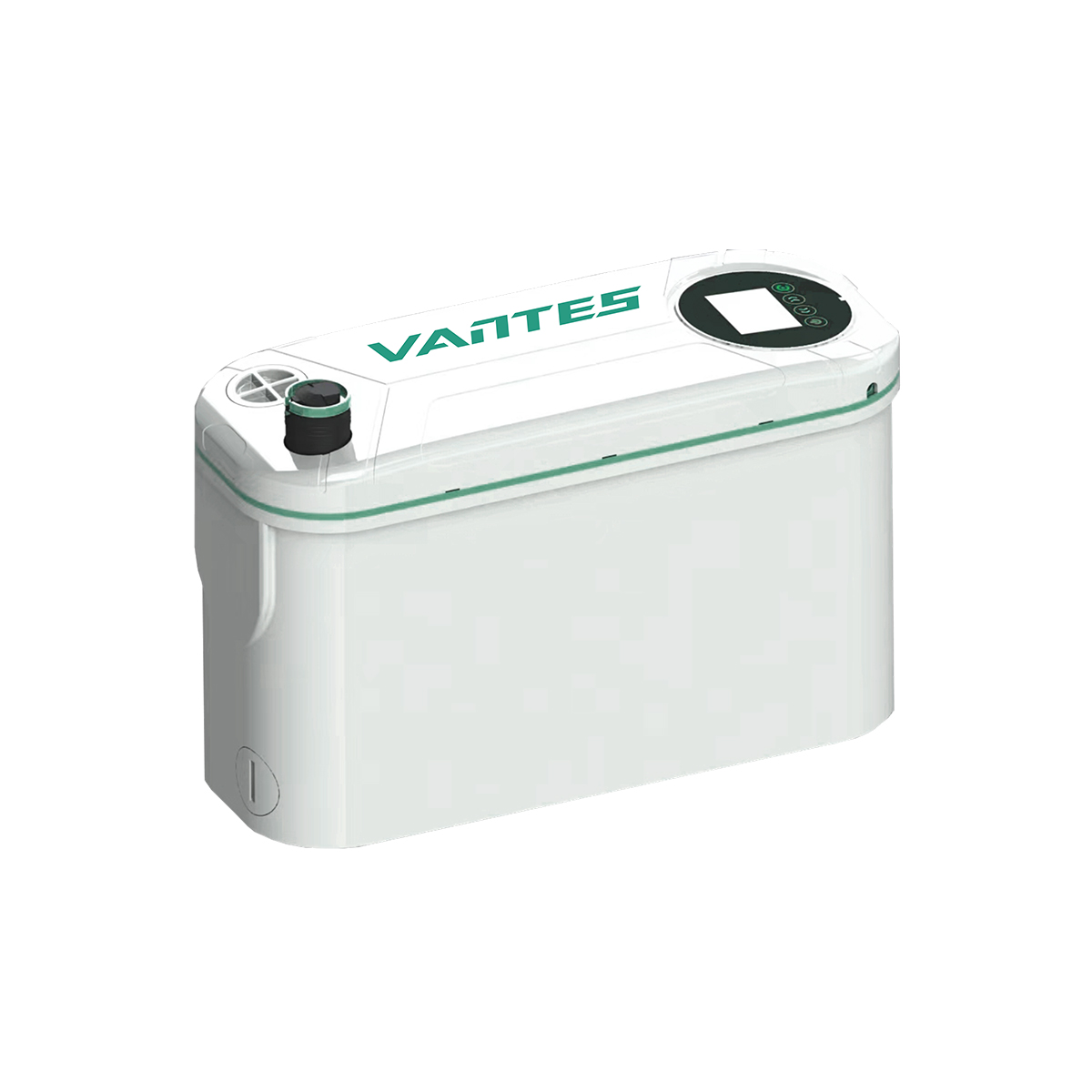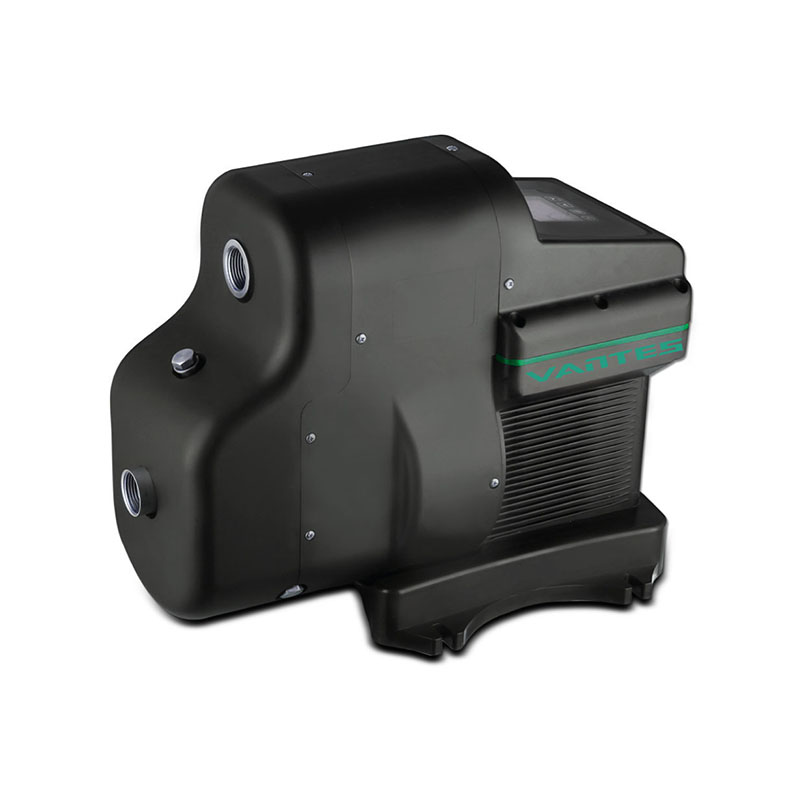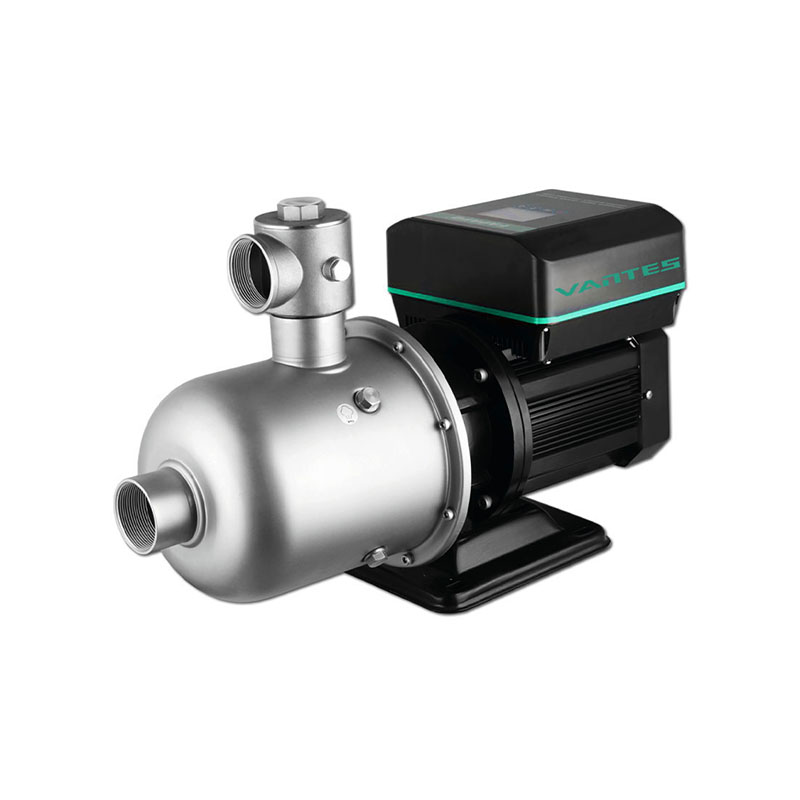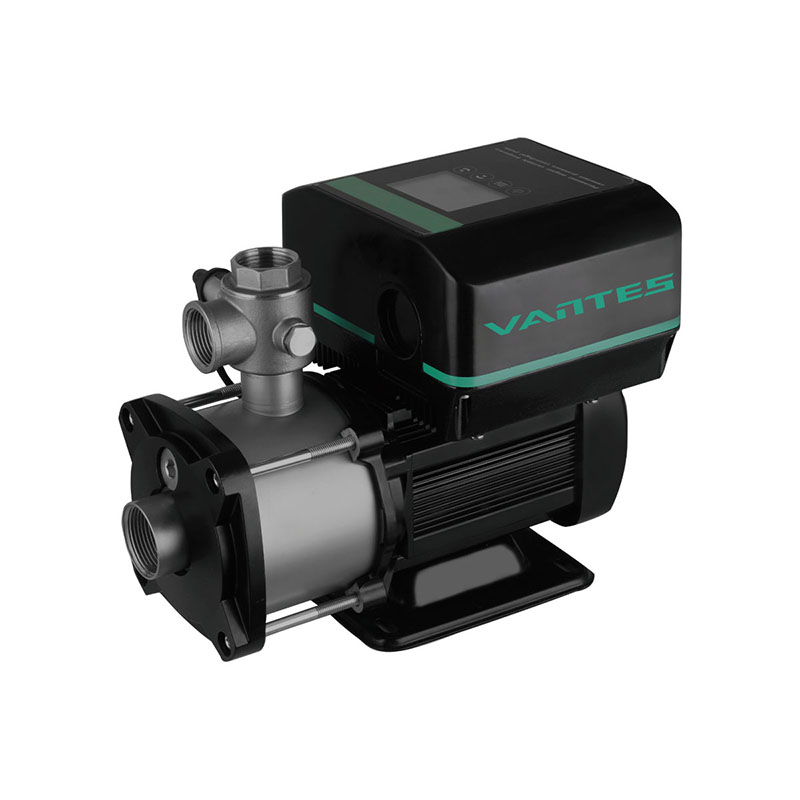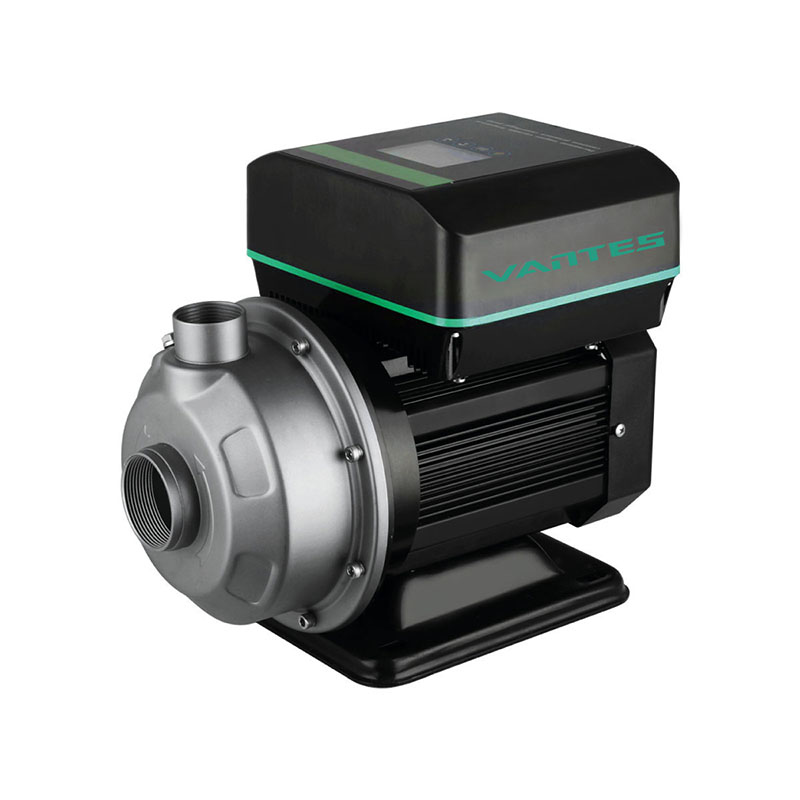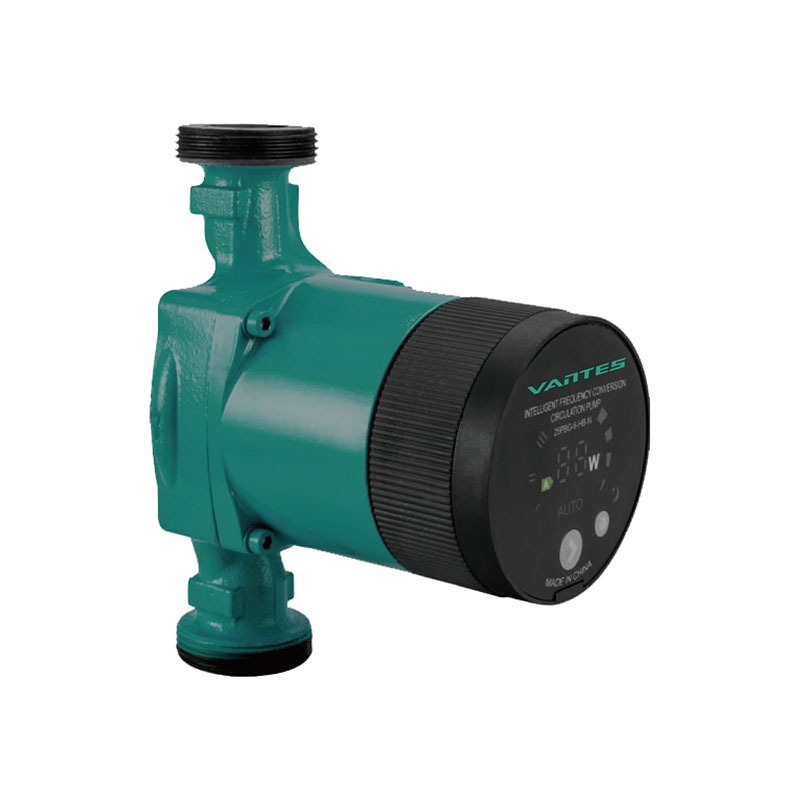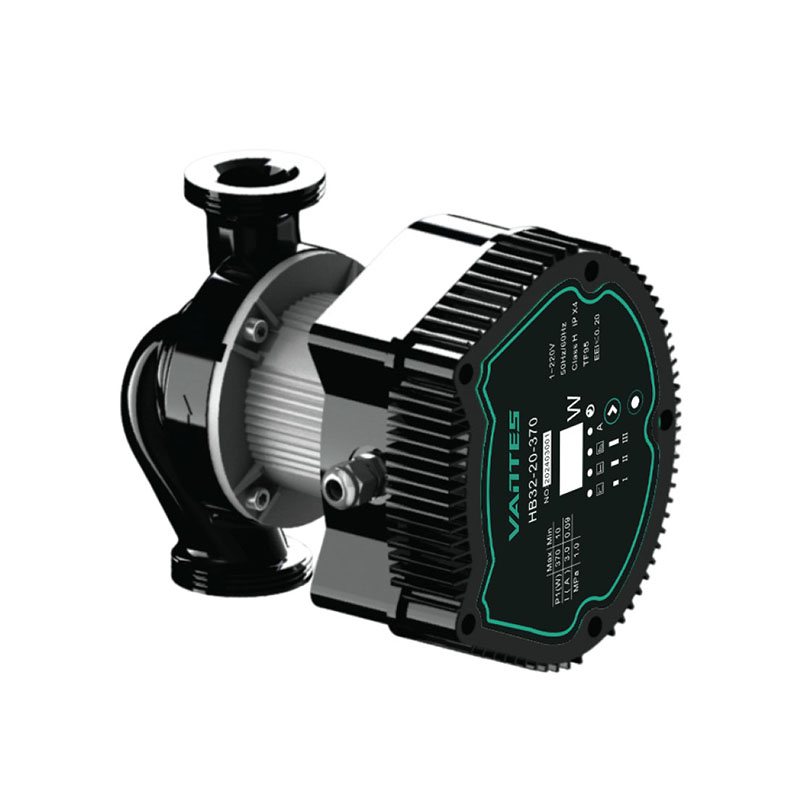Sewage submersible pumps are essential components in modern wastewater management systems, playing a pivotal role in efficiently moving sewage from residential, commercial, and industrial settings to treatment plants. These pumps are designed to operate underwater, offering a unique solution for handling wastewater in spaces where traditional pumps may not be effective. With increasing urbanization, industrialization, and the demand for more efficient sewage management, the demand for sewage submersible pumps is steadily rising. This article explores the significance of these pumps, their technological advancements, and how the industry is adapting to meet growing global demands.
The Function of Sewage Submersible Pumps
Sewage submersible pumps are typically used in sewage and wastewater systems to transport fluids from lower to higher elevations. They are submerged directly in the sewage or water, allowing them to efficiently pump wastewater through underground pipelines and to treatment facilities. This feature makes them ideal for use in areas where gravity flow is insufficient or impossible, such as in low-lying urban neighborhoods or deep underground sewage systems.
These pumps are commonly used in both residential and industrial settings. In residential applications, sewage submersible pumps are typically found in basements or sewage pits where wastewater accumulates. For industrial or municipal applications, these pumps are integral to the smooth functioning of wastewater treatment plants and sewage systems, where they move large volumes of water and sewage through various stages of treatment and disposal.
Key Advantages of Sewage Submersible Pumps
One of the primary advantages of sewage submersible pumps is their ability to operate underwater, making them less vulnerable to flooding or damage caused by water exposure. Their submersible design ensures that they are highly durable, reliable, and capable of operating in harsh environments where conventional pumps might fail. Additionally, these pumps are designed to handle large solids and debris, making them ideal for sewage and wastewater, which often contain solid waste materials that need to be processed.

Another key benefit of sewage submersible pumps is their efficiency in reducing space requirements. Since they can be submerged directly in the sewage or water, there is no need for additional infrastructure, such as above-ground pumps or bulky systems, making them a more compact and efficient solution for both residential and commercial wastewater management.
Technological Advancements in Sewage Submersible Pumps
The sewage submersible pump industry has seen significant advancements in recent years, driven by the need for more energy-efficient and durable systems. Modern pumps are designed with advanced materials such as stainless steel and high-quality polymers, ensuring they can withstand the corrosive nature of sewage while maintaining high performance for extended periods. These improvements have greatly enhanced the lifespan of sewage submersible pumps, making them a more cost-effective choice for long-term use.
Moreover, manufacturers have integrated innovative technologies into sewage submersible pumps, such as smart sensors, remote monitoring capabilities, and automation systems. These features allow operators to monitor pump performance in real-time, detect potential issues before they become critical, and reduce the need for manual intervention. The automation of sewage submersible pumps also improves overall system efficiency, ensuring that wastewater is moved quickly and safely with minimal energy consumption.
The Growing Demand for Sewage Submersible Pumps
As urban populations grow and wastewater management systems become more complex, the demand for reliable and efficient sewage submersible pumps continues to rise. The increased need for effective waste management solutions in both densely populated urban centers and sprawling industrial zones is driving market growth. The increasing prevalence of smart cities, where water and wastewater systems are integrated with digital technologies for more efficient management, further emphasizes the growing reliance on advanced sewage submersible pumps.
The demand for sewage submersible pumps is also increasing in developing countries, where rapid industrialization and urban expansion are putting pressure on existing sewage infrastructure. In these regions, sewage submersible pumps are helping to meet the challenges of providing clean and safe wastewater management in areas with limited resources. As municipalities invest in upgrading their infrastructure to meet the needs of growing populations, the demand for high-performance sewage submersible pumps is expected to continue expanding.

